Selected illustrations of Ottomans circa 1809 from
Stratford Canning's Pictures of Turkey
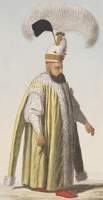 A Solak |
 Yeniceriagasi |
 Kulkethüdagasi |
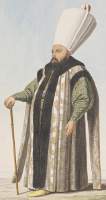 Miri Alem |
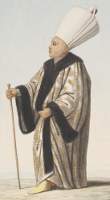 Devsirme Agayeri |
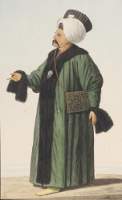 Sultan's secretary |
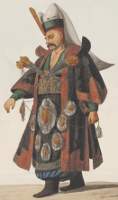 Ascibasi |
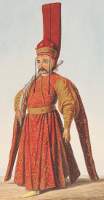 Silâhdar Aga |
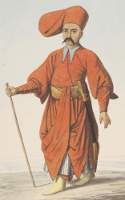 Bostanci, or Imperial Guard |
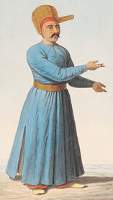 [Dilsizi - Mute] Içoglani |
 A Peik |
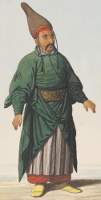 Zülüflü Baltacı |
 Bostancibasi, or Imperial Guard |
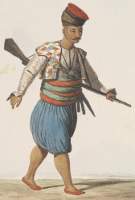 Armed man |
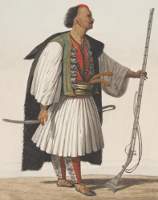 Arnavut, or Albanian |
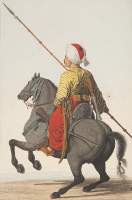 Sipahi, or cavalry soldier |
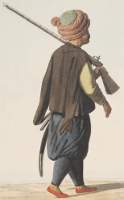 Tüfekçi, or Palace Guard |
 Nöbetçi, or orderly officer |
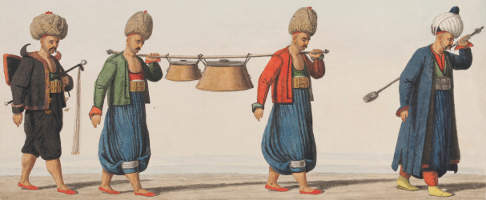 Janissaries with soup kettles and the regimental spoon |
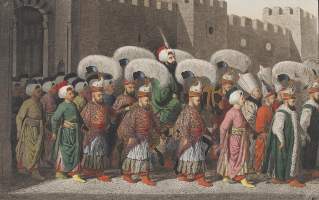 The Sultan riding out in procession to Friday Prayers |
